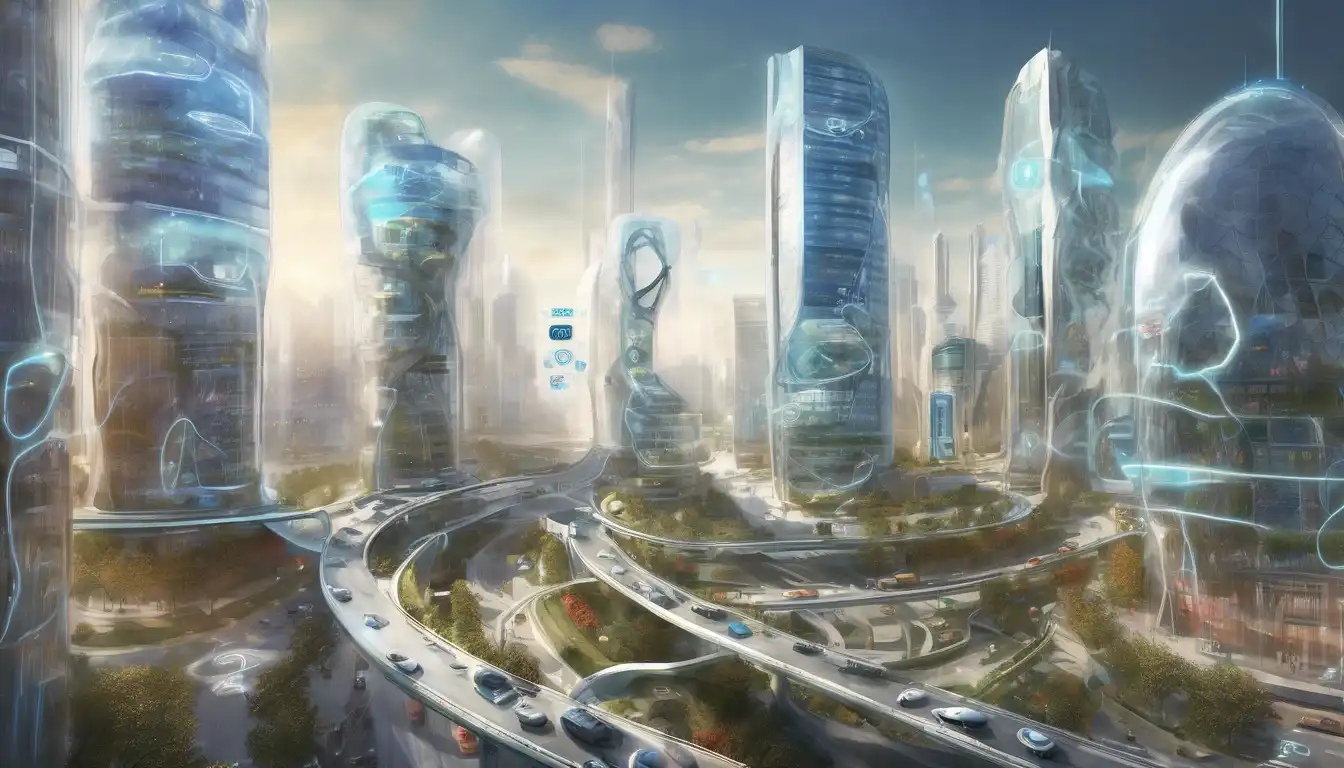The Role of IoT in Shaping Smart Cities
The Internet of Things (IoT) is revolutionizing the way we live, work, and interact with our urban environments. By connecting devices, sensors, and systems across cities, IoT is laying the foundation for smart cities that are more efficient, sustainable, and livable. This article delves into the future of IoT in smart cities, exploring its potential to transform urban landscapes.
Understanding IoT and Smart Cities
At its core, IoT refers to the network of physical objects embedded with sensors, software, and other technologies to connect and exchange data with other devices and systems over the internet. Smart cities leverage IoT to improve infrastructure, public services, and quality of life for residents. From traffic management to energy conservation, the applications are vast and varied.
Key Benefits of IoT in Smart Cities
- Enhanced Efficiency: IoT enables real-time monitoring and management of city resources, reducing waste and optimizing performance.
- Improved Public Safety: Smart surveillance and emergency response systems can significantly enhance security and reduce crime rates.
- Sustainability: IoT technologies support environmental monitoring and energy-efficient solutions, contributing to greener cities.
- Better Quality of Life: From smart lighting to intelligent transportation systems, IoT makes urban living more convenient and enjoyable.
Challenges and Considerations
Despite its potential, the integration of IoT into smart cities is not without challenges. Issues such as data privacy, security vulnerabilities, and the digital divide must be addressed to ensure equitable and secure implementation. Furthermore, the success of IoT in smart cities depends on collaboration between governments, businesses, and communities.
Future Trends in IoT and Smart Cities
Looking ahead, we can expect to see advancements in AI and machine learning further enhancing IoT applications in smart cities. Autonomous vehicles, smart grids, and IoT-enabled healthcare are just a few areas poised for growth. As technology evolves, so too will the possibilities for creating more connected and intelligent urban spaces.
For more insights into how technology is transforming urban environments, check out our article on The Role of AI in Urban Planning.
Conclusion
The future of IoT in smart cities is bright, offering unprecedented opportunities to improve efficiency, sustainability, and quality of life. However, realizing this potential requires careful planning, investment, and collaboration. By addressing the challenges and leveraging the latest technologies, cities can harness the power of IoT to create smarter, more resilient urban futures.
